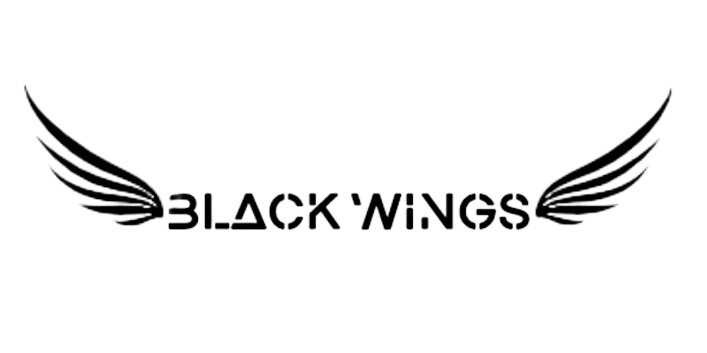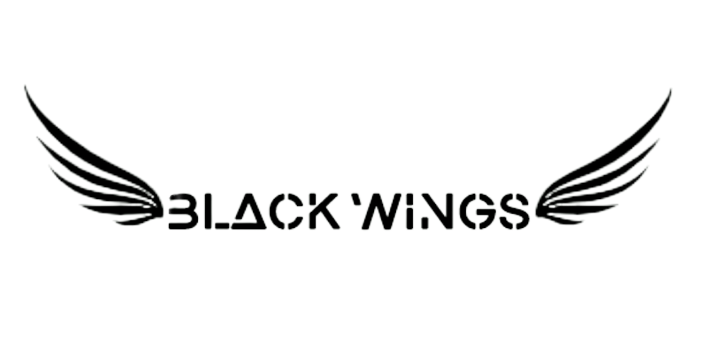Content
In some instances, the face value is the same as the original purchase price. However, in other instances, the face value is the current value of the bond, either at the time of the call or the point of maturity. Option Bonds means Current Interest Bonds, which may be either Serial or Term Bonds, which by their terms may be tendered by and at the option of the Owner for purchase prior to the stated maturity thereof. Only Callable Bonds (single/multiple call options), which are callable by the issuer, are valued at lowest value on each call option date. Optional Principal Redemption Bonds may be redeemed by the FHLB in whole or in part at its discretion on predetermined call dates, according to the terms of the Bond.
What is callable bond with example?
A callable—redeemable—bond is typically called at a value that is slightly above the par value of the debt. The earlier in a bond's life span that it is called, the higher its call value will be. For example, a bond maturing in 2030 can be called in 2020. It may show a callable price of 102.
When one applies the time with your materials, a positive outcome can be achieved . However, the yields on the puttable bond are lesser than the yield on a straight bond. Soo, in this case, yield to worst, is very important for those who want to know the minimum they can get from their bond instruments. If you see, the initial call premium is higher at 5% of the face value of a bond, and it gradually reduces to 2% with respect to time. Price (Plain – Vanilla Bond) – the price of a plain-vanilla bond that shares similar features with the bond. Investopedia requires writers to use primary sources to support their work.
These bonds have a surprising feature that can leave you unprepared.
The bondholder must turn in the bond to get back the principal, and no further interest is paid. Higher coupon rate or rate of interest – The main advantage of the callable bond is that it provides a high coupon rate to the investors. Unlike non-callable bonds, the issuer can redeem the bond when the coupon rate declines and re-issue such bonds once the favorable rate of return reached. This is because the investors are provided with a high rate of interest by the issuing company. Bonds are fixed-income investments that can provide some diversification and stability to your investment portfolio.
This is comparable to selling an option — the option writer gets a premium up front, but has a downside if the option is exercised. Buying any investment requires that you weigh the potential return against potential risk. For entry-level investors, callable bonds Callable or Redeemable Bonds may be too complex to consider. For example, the prices of callable bonds in the secondary market move quite differently from other bonds’ prices. The advantage of a callable bond for the issuer is that it provides flexibility in repaying debt obligations.
Corporate Finance Training
Conversely, when market rates rise, the investor can fall behind when their funds are tied up in a product that pays a lower rate. Finally, companies must offer a higher coupon to attract investors. This higher coupon will increase the overall cost of taking on new projects or expansions.
A callable—redeemable—bond is typically called at a value that is slightly above the par value of the debt. The earlier in a bond’s life span that it is called, the higher its call value will be. This price means the investor receives $1,020 for each $1,000 in face value of their investment. The bond may also stipulate that the early call price goes down to 101 after a year. They sell the bonds to the new investors, who believe they have found a great deal. The buyer may pay a principle of $1,000 plus a commission—and then promptly discover that the bond is called.
Types of Callable Bonds
A callable bond is a debt instrument in which the issuer reserves the right to return the investor’s principal and stop interest https://accounting-services.net/ payments before the bond’smaturity date. Corporations may issue bonds to fund expansion or to pay off other loans.
- But if you’re willing to give up some of the certainty that most bonds offer, then callable bonds can sometimes give you extra income.
- The issuing company has the right to call the bond at the call price, which will generally be above the bond’s fair value.
- The call option negatively affects the price of a bond because investors lose future coupon payments if the call option is exercised by the issuer.
- We reserve the right, at our discretion, to change, modify, add or remove portions of the terms and conditions at any time.
- Bonds that may be redeemed by the issuer at a predetermined call price prior to their maturity date.
A municipal bond has call features that may be exercised after a set period such as 10 years. Optional redemption lets an issuer redeem its bonds according to the terms when the bond was issued.
Callable Bonds and Interest Rates
One of the most valuable features of bonds is that they give you a predictable stream of payments, paying interest at regular intervals and the principal at maturity. But if you’re willing to give up some of the certainty that most bonds offer, then callable bonds can sometimes give you extra income. These bonds, which are sometimes called redeemable bonds, allow the issuer to repay principal before the stated final maturity date. If the issuer calls the bond, then you’ll receive an early principal payment and sometimes get a bonus payment as well, but you’ll no longer receive interest payments as originally scheduled. Typically, issuers will redeem callable bonds if interest rates in the market have fallen, allowing them to refinance outstanding debt at a lower rate. Difference between Callable bond and Putable bond Callable bond Putable bond A callable bond is a debt security that can be redeemed ahead of its maturity date at the issuer’s discretion. A bond or a financial instrument, which allows the investor to seek redemption from the issuer before it reaches the maturity date of that bond, is known as a putable bond.
What is the difference between callable and non-callable CDs?
The primary difference between a callable CD and a non-callable CD is the presence of a call provision. A call provision gives the issuing bank the right to redeem the CD before its maturity date.

